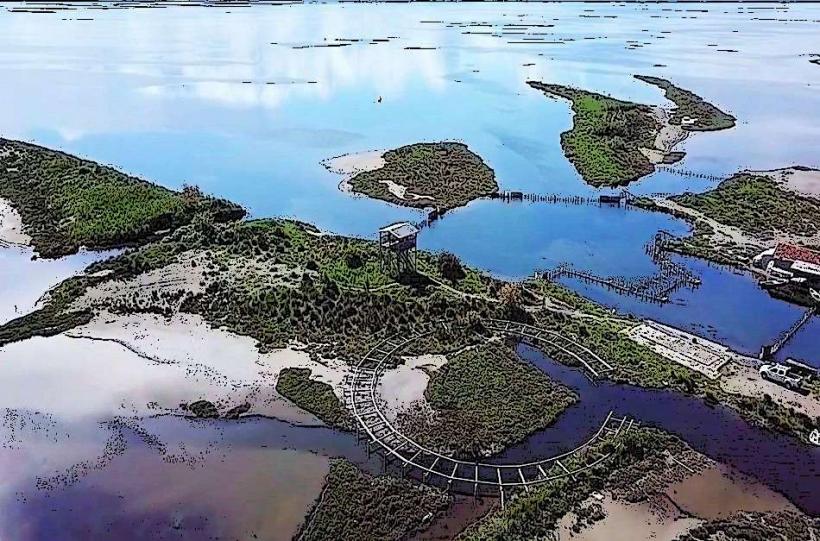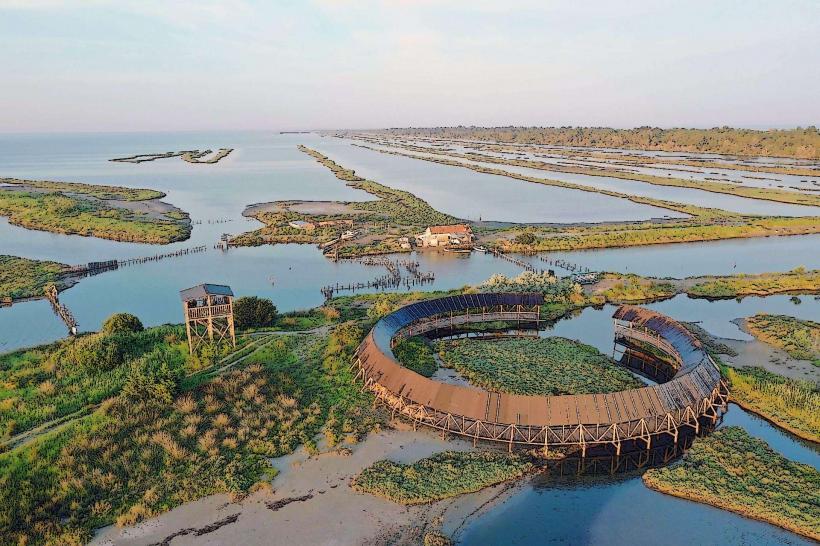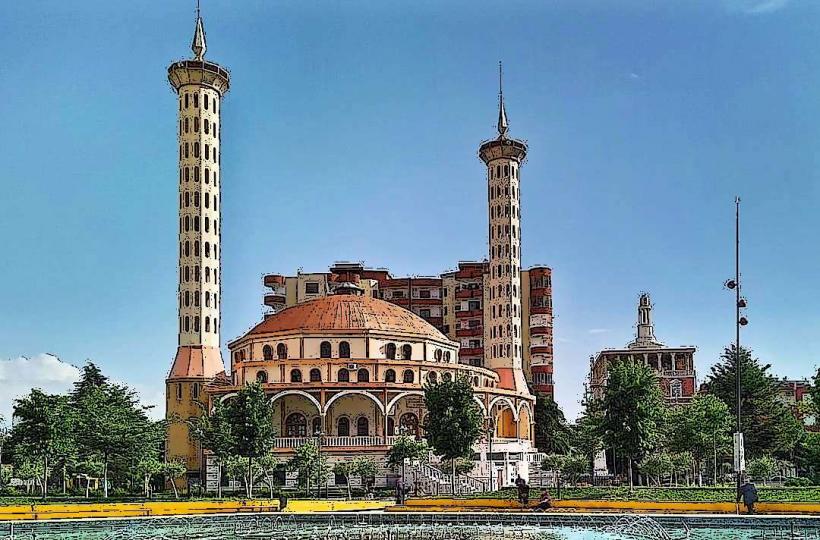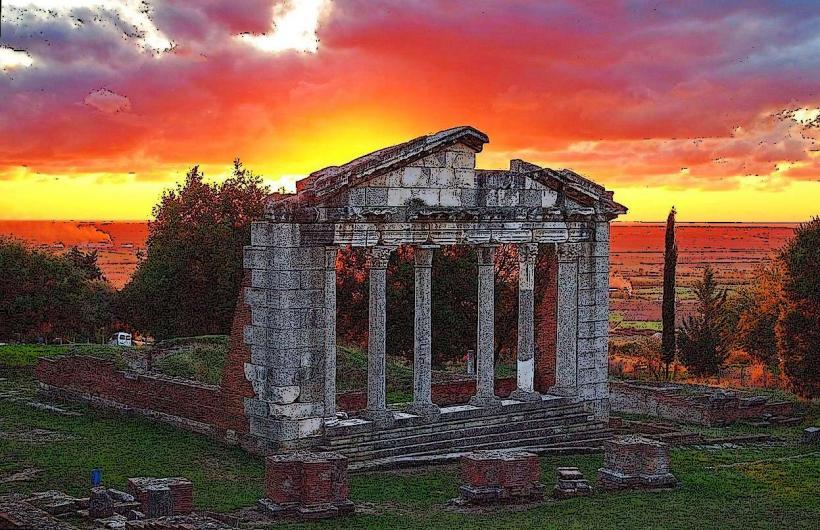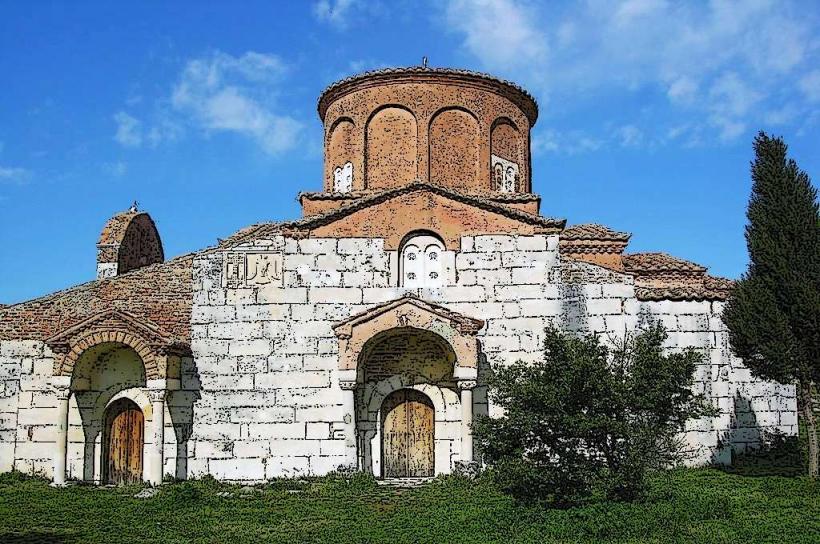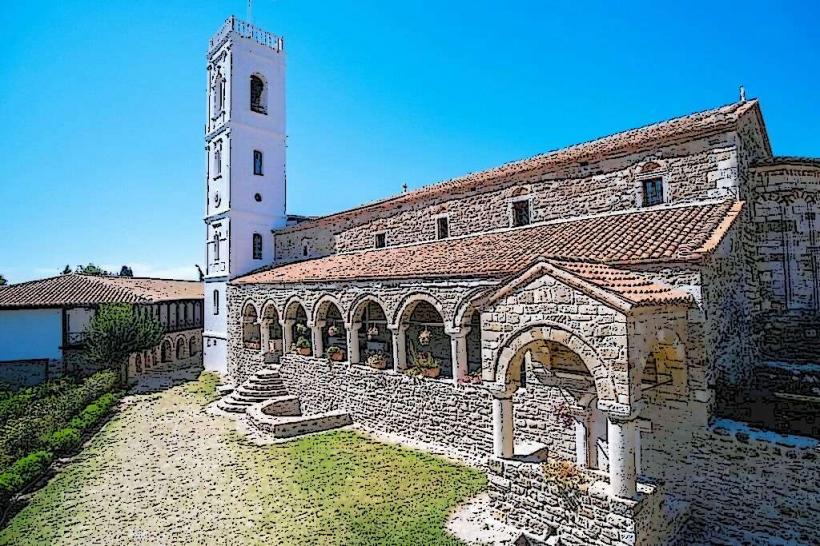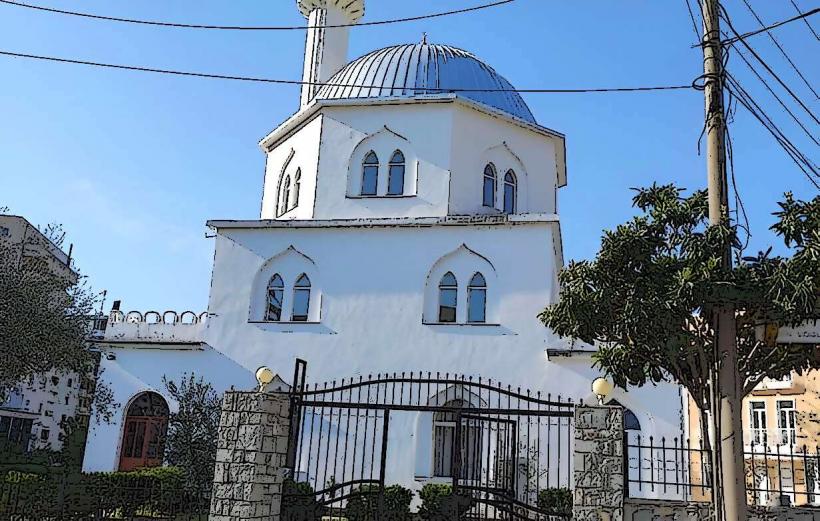Information
City: FierCountry: Albania
Continent: Europe
Fier: Overview and Characteristics
Fier is a city located in the southwest of Albania, situated in the fertile plains of the Adriatic coast. It is known for its agricultural output, particularly in the fields of oil production, as well as its proximity to several important archaeological sites. Fier is one of the most historically significant cities in Albania, with a rich past that spans from the ancient Illyrian period through Roman times, to the Ottoman era and modern Albania.
Geography and Climate
- Location:
- Fier is located about 130 kilometers (81 miles) south of Tirana, Albania's capital. It lies near the Ionian Sea, bordered by the Gajtan River and Vjosa River, making the region rich in natural resources.
- The city's geographical location places it between the mountains to the east and the coastal plains to the west, giving it a blend of river valley and coastal terrain.
- Climate:
- The climate in Fier is Mediterranean, characterized by hot, dry summers and mild, wet winters.
- During the summer months, temperatures can exceed 30°C (86°F), while winters are milder, with average temperatures around 10°C (50°F).
- The region experiences a good amount of rainfall, particularly in the winter and spring months, which is beneficial for agriculture.
History
- Ancient and Roman Period:
- Fier is situated close to Apollonia, one of the most significant ancient Greek cities in Illyria, founded in the 6th century BCE. Apollonia was an important cultural and trade center and is famous for its ruins, which attract visitors today.
- During the Roman Empire, Fier and its surroundings were part of the Roman province of Moesia. The Romans established roads, infrastructure, and buildings, some of which can still be seen in the region.
- Ottoman Era:
- Under Ottoman rule, Fier became a smaller administrative center, but its strategic location near the coast meant it played a role in regional commerce. The Ottoman Empire built several structures in the city and surrounding areas, many of which have contributed to its architectural heritage.
- Modern Era:
- Fier has witnessed significant growth and development since the communist era, when it was an important industrial hub in Albania, particularly in the production of oil and cement.
- After the fall of communism, the city's economy transitioned, and it became a center for trade, agriculture, and tourism.
Demographics
- Population:
- The city has a population of approximately 100,000 people, with a larger metropolitan area that includes surrounding villages and towns.
- Ethnic Composition:
- The population of Fier is predominantly Albanian, with a small percentage of other ethnic groups.
- Language:
- The official language is Albanian, which is spoken by the vast majority of the population.
- Religion:
- Like much of Albania, the people of Fier are religiously diverse. The majority of the population is Muslim (both Sunni and Bektashi), with smaller communities of Orthodox Christians and Catholics.
Economy
- Agriculture:
- Fier is located in one of the most fertile regions of Albania, making it a center for agriculture. The surrounding plains produce a wide range of crops, including vegetables, cereals, fruits, and olives.
- The area is particularly known for its olive oil production, which has been a key component of the local economy for centuries.
- Oil Industry:
- Fier has significant oil reserves and is home to some of Albania’s largest oil extraction and refining operations. The Patos-Marinza oil field, located near the city, is one of the largest in Europe.
- Despite facing challenges due to the aging infrastructure and environmental concerns, the oil industry remains a key economic sector in the region.
- Trade and Commerce:
- Fier is a commercial hub for the surrounding region. Its proximity to the coastal city of Vlorë and the main highway network makes it an important point for the distribution of goods.
- The city also has a growing tourism sector, benefiting from its archaeological sites, natural beauty, and proximity to the coast.
Urban Landscape
- Architecture:
- Fier’s architecture reflects its diverse history, with Ottoman-era houses, traditional Albanian buildings, and Soviet-era structures from the communist period.
- Modern buildings, apartment complexes, and commercial establishments have emerged in recent years as the city grows and modernizes.
- Neighborhoods:
- The city center of Fier features bustling markets, restaurants, and public spaces, while the outskirts include a mix of residential areas and industrial zones.
- Traditional Albanian homes with courtyards are common in the rural villages surrounding the city, giving it a more village-like atmosphere in certain parts.
Culture and Lifestyle
- Cultural Influence:
- Fier has a rich cultural heritage, with its historical ties to ancient Greece, Rome, and the Ottoman Empire. Cultural festivals, including religious celebrations, art exhibitions, and music festivals, play a major role in the city’s lifestyle.
- Cuisine:
- The cuisine in Fier is typical of Albanian food, with an emphasis on fresh, locally grown ingredients. Dishes such as byrek (savory pastries), tave kosi (a lamb and yogurt dish), and fresh salads are staples. The region is also known for its high-quality olive oil.
- Lifestyle:
- People in Fier enjoy a relaxed lifestyle, often spending time with family, enjoying outdoor activities, or socializing at cafes and markets.
- The city is also known for its vibrant cultural events, including theater productions, art galleries, and musical performances that showcase both traditional and contemporary Albanian culture.
Natural Attractions
- Apollonia Archaeological Park:
- Located just outside Fier, the Apollonia archaeological site is one of the most significant ancient Greek cities in Albania. It features well-preserved ruins of temples, theatres, and public buildings. The site also includes a museum that showcases the city's history and artifacts.
- Vjosa River:
- The Vjosa River runs through Fier, providing opportunities for activities like fishing, kayaking, and nature walks. The river is also famous for its pristine waters and rich biodiversity.
- Olive Groves:
- The region around Fier is dotted with extensive olive groves, which are not only important economically but also create scenic landscapes that attract nature lovers.
- Lushnja and Divjakë:
- Nearby towns like Lushnja and Divjakë offer additional natural beauty, including beaches along the Adriatic Sea and wetlands, which are important for birdwatching and eco-tourism.
Landmarks and Heritage Sites
- Apollonia Archaeological Park:
- Apollonia was an important ancient Greek city and later a Roman center, featuring a large theatre, temples, and other ruins.
- Fier Castle (Kalivo):
- A medieval castle that offers views of the surrounding countryside. It was built during the Byzantine or Ottoman period and still stands today, showcasing Fier's strategic importance throughout history.
- The Mosque of Fier:
- A historical mosque from the Ottoman period, the mosque is an example of Islamic architecture in the city and continues to be an active place of worship.
- The Church of St. Mary:
- An Orthodox church in the center of the city, built in a traditional Byzantine style, reflecting the diverse religious heritage of the area.
Infrastructure
- Transportation:
- Fier is well-connected to other parts of Albania by road, with highways linking it to Tirana, Vlorë, and other major cities.
- The city is also located near the Vlorë Port, making it an important point for trade and commerce in Albania.
- Public Transport: Buses and minibuses are the primary mode of public transport in and around the city, with routes connecting it to other towns in Albania.
- Urban Development:
- The city has seen rapid urbanization in recent decades, with new housing, commercial districts, and infrastructure projects transforming its landscape.
- Modern residential areas have been developed alongside traditional houses, reflecting the growth of the city in recent years.
Challenges
- Environmental Concerns:
- The oil industry around Fier has led to concerns about pollution and the environmental impact of extraction and refining. Efforts to improve sustainability and reduce pollution have been ongoing.
- Rural-Urban Migration:
- Like many parts of Albania, Fier faces challenges related to rural-urban migration, as people move to the city in search of better job opportunities and services. This puts pressure on urban infrastructure and services.
Conclusion
Fier is a city with a rich historical and cultural legacy, strategically positioned between Albania’s inland mountains and its Adriatic coastline. The city has undergone significant economic growth in recent years, particularly due to its agricultural and oil industries. With its proximity to archaeological sites like Apollonia and its scenic landscapes, Fier is a city of historical importance and growing tourism potential. Its relaxed lifestyle, rich culture, and natural beauty make it an intriguing place to visit and live in Albania.

